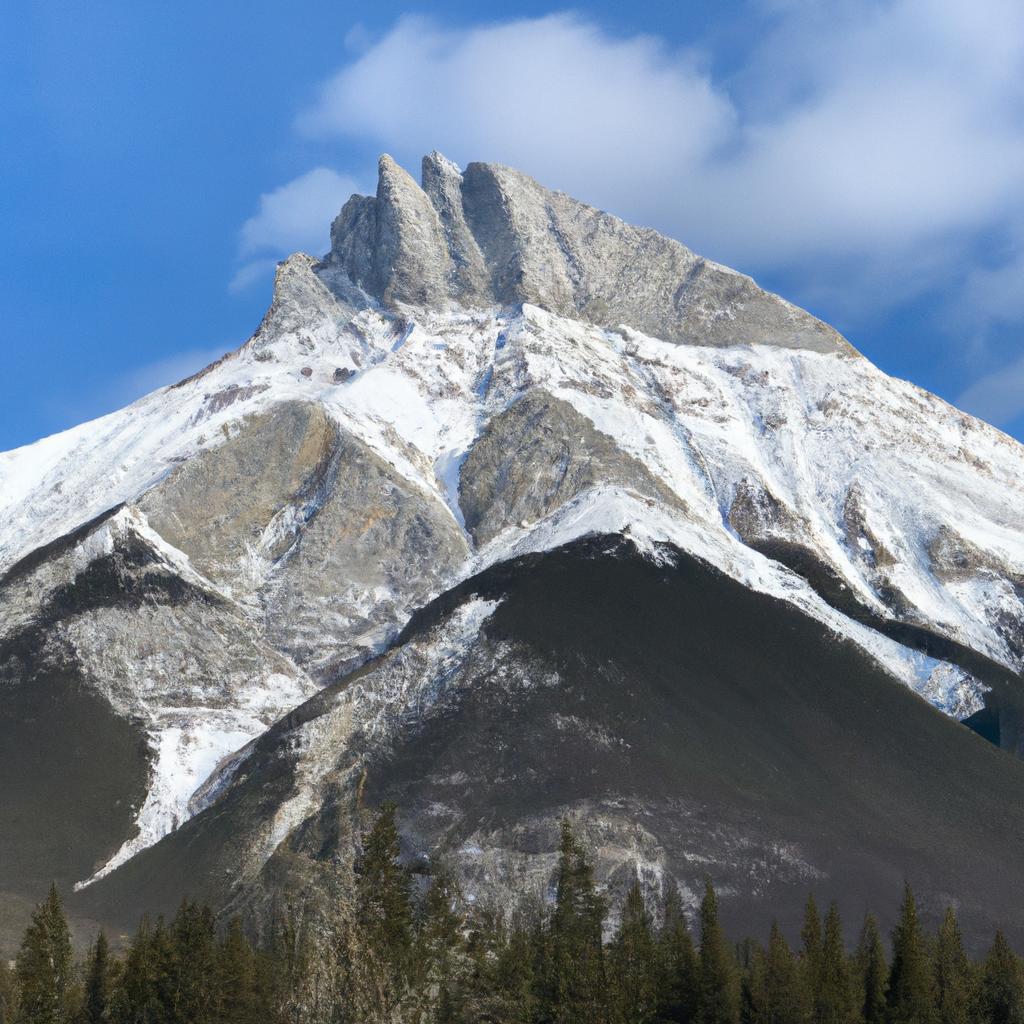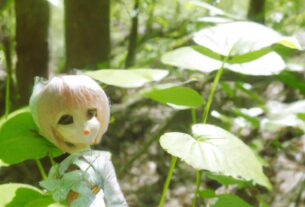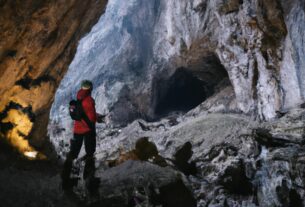Discover the breathtaking beauty and cultural significance of the mountains of peru. Explore unique geography, flora, fauna, and historical sites.
The mountains of Peru are an absolute marvel and undoubtedly one of the most breathtaking natural wonders on Earth. With their snow-capped peaks and verdant valleys, Peru’s mountains offer visitors an opportunity to immerse themselves in awe-inspiring landscapes. In this article, we will delve into the unique geography and vibrant culture of the mountains of Peru, as well as provide a glimpse into the diverse flora and fauna that inhabit these majestic peaks.
If you’re an adventurous traveler with a yearning to explore the world’s natural beauty, look no further than the mountains of Peru. The country’s diverse geography presents a range of trekking and hiking opportunities that will take you through some of the most picturesque regions of the Andes Mountains. From the high-altitude treks of the Cordillera Blanca to the mystical valleys of the Sacred Valley, Peru’s mountains have something to offer everyone.
So, sit back, relax, and get ready to embark on an exciting journey through the mountains of Peru. From breathtaking vistas to ancient ruins and everything in between, this article will provide a taste of what the Andes have in store. Let’s begin our adventure by exploring the geography of Peru’s mountains.
The Geography of the Mountains of Peru
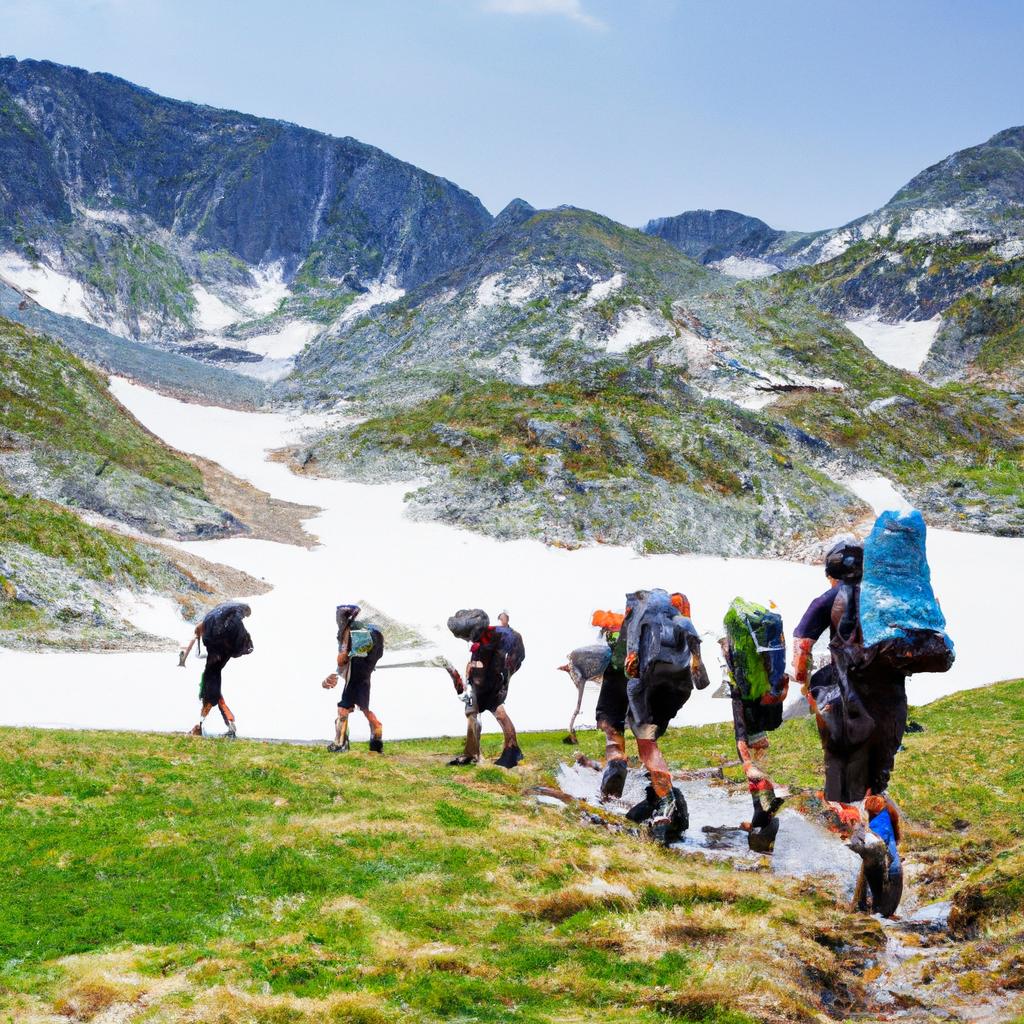
The Andes mountain range, stretching across several South American countries, including Peru, is the longest mountain range in the world. Covering around 30% of Peru’s land area, the mountains extend from the border with Ecuador to Bolivia. Mount Huascarán, the highest peak in Peru and the second highest in the Andes, stands tall at 6,768 meters (22,205 feet).
Peru’s mountains can be categorized into three main types: the Cordillera Occidental, Cordillera Central, and Cordillera Oriental. The Cordillera Occidental, situated in the west, is characterized by steep slopes and deep valleys. The Cordillera Central, the tallest and widest range, boasts several peaks surpassing 5,000 meters (16,404 feet). Lastly, the Cordillera Oriental, located in the east, is the smallest of the three.
Each mountain range possesses unique characteristics, from the snow-capped peaks of the Cordillera Blanca to the lush valleys of the Sacred Valley. The Andes Mountains also house active volcanoes such as El Misti and Ubinas, contributing to the region’s diverse landscape.
How the Mountains of Peru Have Shaped Culture and History
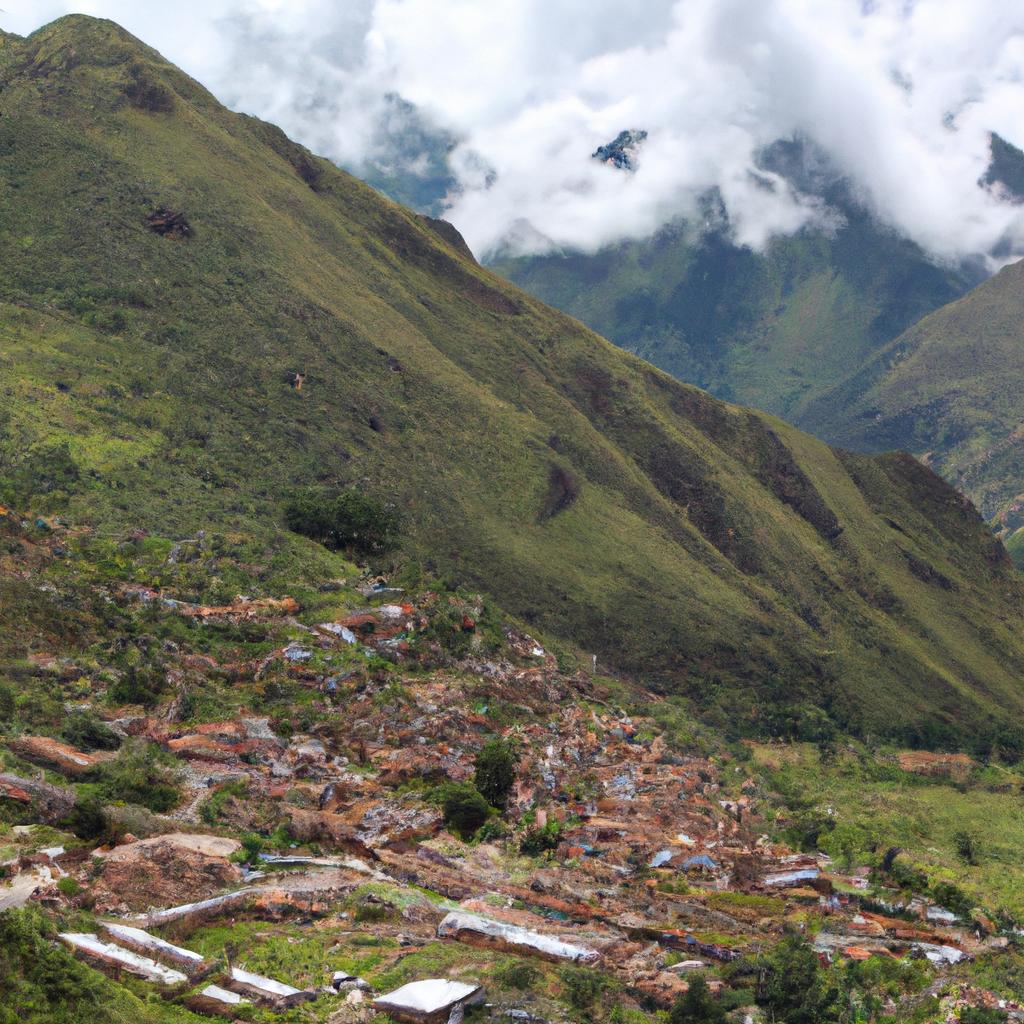
The mountains of Peru have played a vital role in shaping the nation’s culture and history. The Andes region nurtured the Inca civilization, one of the largest and most advanced civilizations in the Americas. The Incas built their cities and fortresses atop mountaintops, capitalizing on the natural defenses furnished by the rugged terrain.
Moreover, Peru’s mountains were a remarkable source of valuable resources, including gold, silver, and other precious metals. The Spanish conquistadors, arriving in the 16th century, were enticed by the region’s abundant mineral deposits, leading to the establishment of numerous mining towns in the Andes.
Today, the mountains of Peru remain a significant part of the country’s cultural heritage and economic landscape. Indigenous communities thrive in the region, preserving traditional farming and weaving techniques. Additionally, millions of tourists flock to the Andes Mountains annually, captivated by its natural beauty and rich cultural legacy.
The Flora and Fauna of the Mountains of Peru
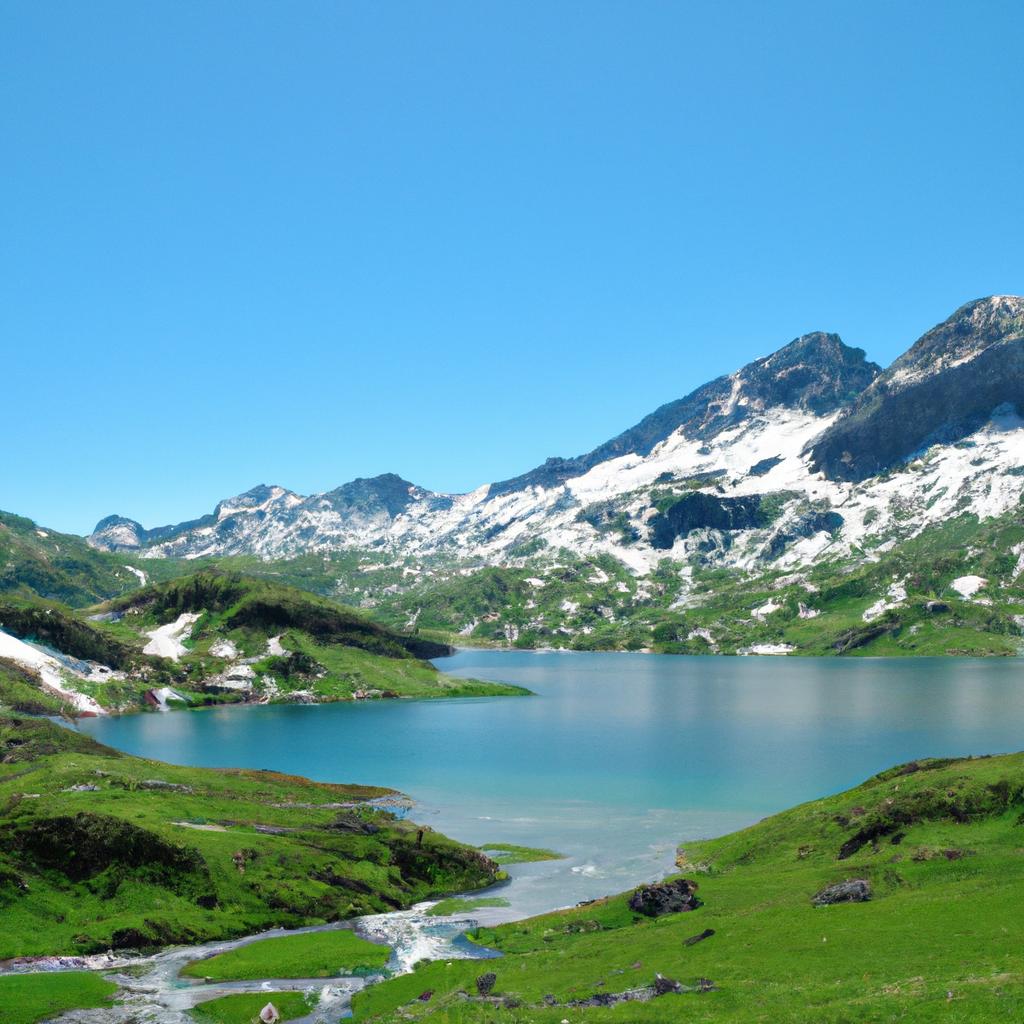
Peru’s mountains harbor an incredible range of plant and animal species, many of which are exclusive to this region. From the lofty peaks of the Andes to the lush valleys below, the diverse environment has facilitated the evolution of many unique species over the centuries. In this section, we’ll take a closer look at some of the remarkable flora and fauna found in Peru’s mountains.
Unique Plant Species
The mountains of Peru boast an astonishing diversity of plant life. With over 25,000 species of plants in the Andes, many are endemic to the region. These remarkable plants have adapted to the harsh mountain environment, developing specialized survival strategies for the thin air and extreme temperatures.
One iconic plant species found in Peru’s mountains is the Puya Raimondii, also known as the Queen of the Andes. This colossal bromeliad can reach heights of up to 40 feet and is exclusive to the high-altitude regions of the Andes. Another notable plant species is the Polylepis tree, known as the Queñua. These trees flourish at high elevations, characterized by their twisted trunks and branches.
Unique Animal Species
Peru’s mountains are home to a plethora of extraordinary animal species, many of which exist nowhere else on Earth. Among the notable inhabitants of the Andes are the Andean condor, the vicuña, and the spectacled bear.
The Andean condor, one of the largest birds globally, boasts an impressive wingspan of up to 10 feet. The vicuña, a South American camelid, is highly regarded for its wool, known for being exquisitely soft and warm. The spectacled bear, also known as the Andean bear, is South America’s sole bear species, recognized for the unique markings surrounding its eyes.
The Importance of Preserving Natural Habitats
As in many regions around the globe, the natural habitats of Peru’s mountains face threats from human activities, including mining, logging, and agriculture. It is crucial that we take measures to safeguard these distinctive ecosystems and the plant and animal species that depend on them.
Efforts are already underway to protect the natural habitats of Peru’s mountains, with the establishment of national parks and wildlife reserves. By preserving these regions, we can ensure that future generations have the opportunity to witness the beauty and marvels of the Andes and the unique flora and fauna that thrive within these majestic peaks.
Trekking and Hiking in the Mountains of Peru
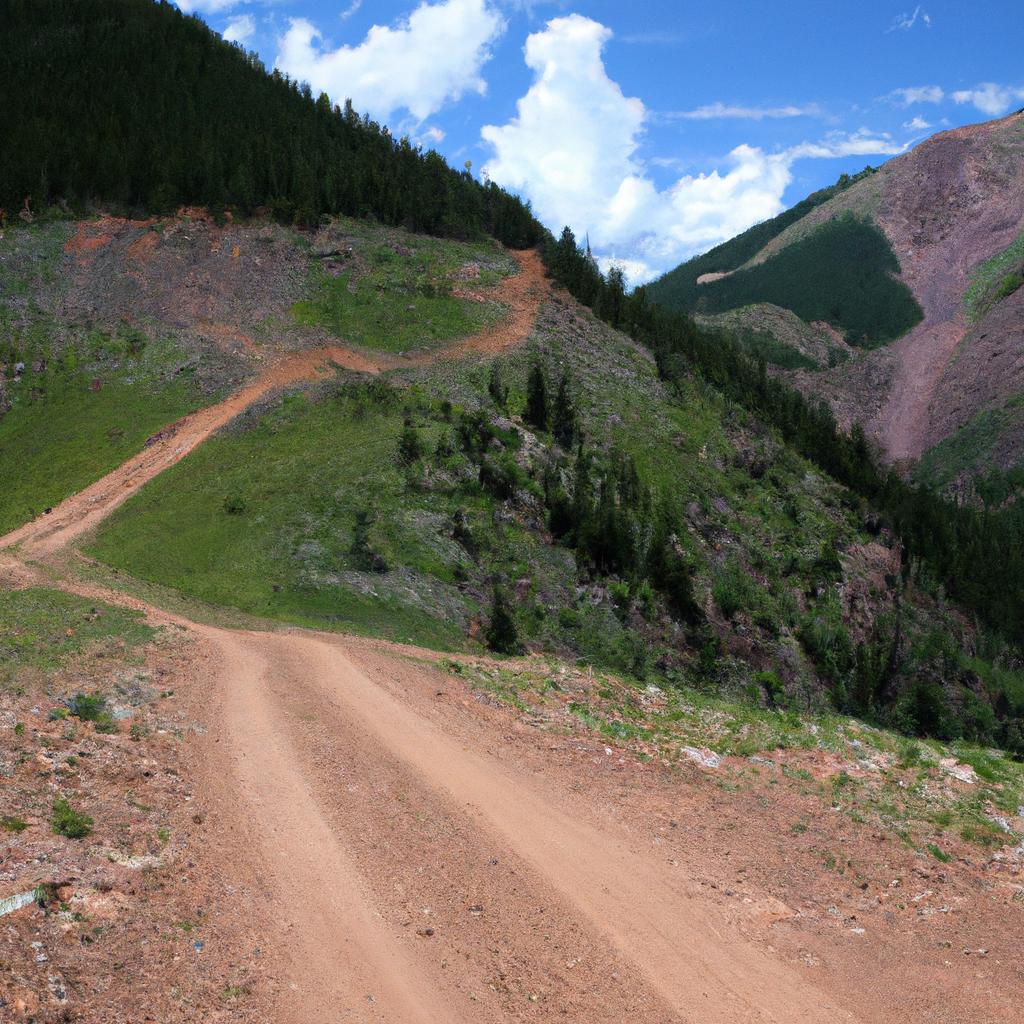
Peru’s mountains offer a haven for adventure enthusiasts seeking a unique and challenging experience. With its diverse geography, the country provides an array of trekking and hiking options that traverse some of the most picturesque regions of the Andes Mountains. Let’s explore some of the best treks and hikes available in Peru’s mountains.
The Inca Trail
Undoubtedly one of the world’s most famous treks, the Inca Trail takes you on a four-day journey through the ancient ruins of Machu Picchu. Moderately difficult and requiring a good level of fitness, this trek rewards you with stunning views of the Andes and the unrivaled beauty of the Peruvian landscape.
The Cordillera Blanca
The Cordillera Blanca is home to some of Peru’s most challenging and rewarding treks. With towering peaks and glacial valleys, this region entices experienced trekkers. Popular treks in the Cordillera Blanca include the Santa Cruz Trek, the Huayhuash Trek, and the Alpamayo Circuit. Ranging from moderate to strenuous difficulty, these treks demand a high level of fitness.
The Colca Canyon
Situated near the city of Arequipa, the Colca Canyon astonishes visitors as one of the deepest canyons worldwide, making it a sought-after destination for hikers in Peru. The Colca Canyon trek takes two days, leading you through breathtaking vistas and traditional Andean villages. This moderately difficult trek is suitable for hikers of all levels.
When planning your trek or hike in Peru’s mountains, consider the time of year. The dry season, spanning from May to October, offers the best weather conditions, with clear skies and sunshine ideal for exploring the Andes. However, bear in mind that the dry season attracts numerous tourists, so it’s advisable to book your trek or hike in advance.
Whether you are an avid trekker or just starting out, Peru’s mountains have something to captivate everyone. From the ancient ruins of Machu Picchu to the soaring peaks of the Cordillera Blanca, the Andes promise some of the most awe-inspiring landscapes on Earth.
Cultural and Historical Sites Worth Exploring
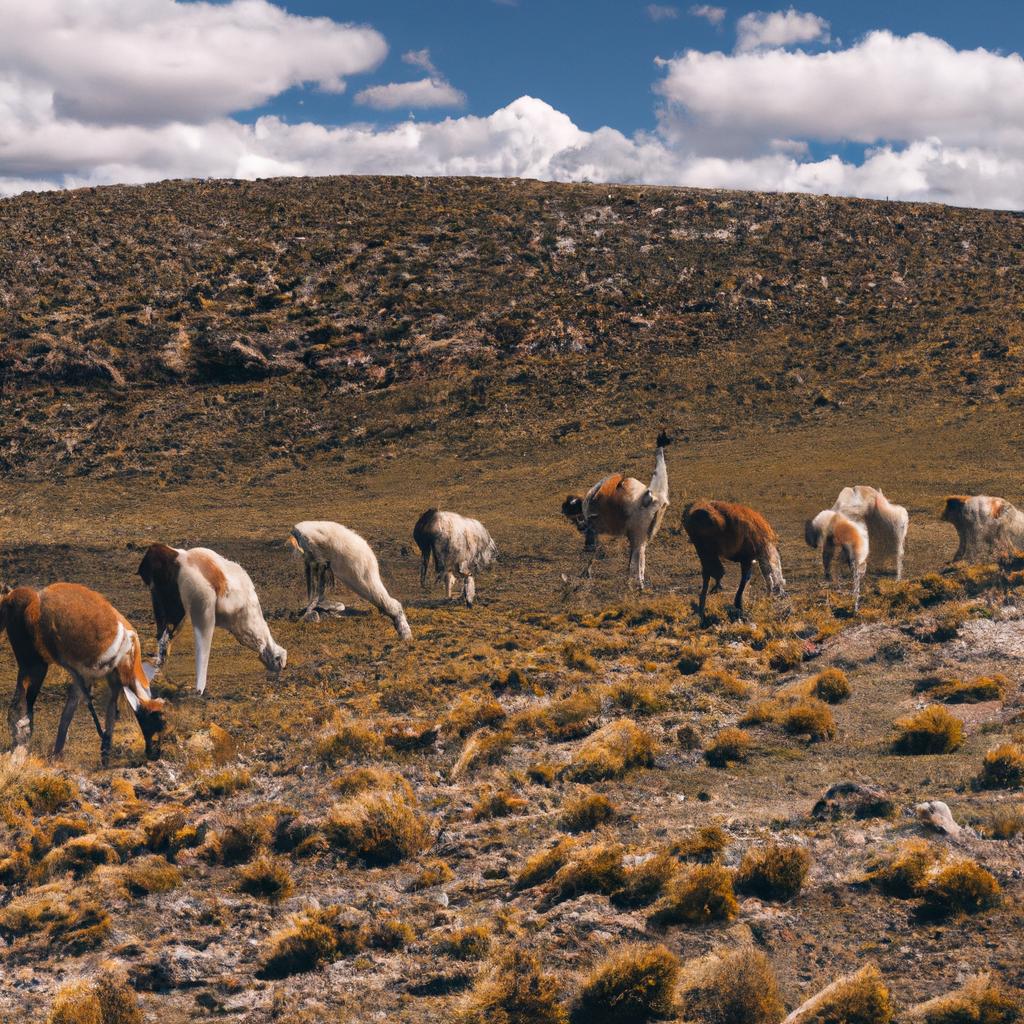
Peru’s mountains are home to some of the world’s most remarkable cultural and historical sites. The ancient Inca Empire bequeathed an astonishing architectural and engineering legacy, with remnants visible in the Andes today. While Machu Picchu takes the spotlight, many other sites are equally deserving of exploration.
In addition to Inca ruins, Peru’s mountains boast stunning colonial-era architecture. Cusco, the former capital of the Inca Empire, stands as an epitome of this architectural splendor. The historic center reveals magnificent Spanish colonial buildings, including the Cusco Cathedral, constructed in the 16th century upon the remains of an Inca palace.
Preserving the Heritage of Peru’s Mountains
The cultural and historical sites dotting the Peruvian Andes are not only significant for their beauty and historical value; they are also essential in preserving Peru’s cultural heritage. The Peruvian government and various organizations have made considerable efforts to shield these sites from environmental damage and vandalism. Visitors can contribute to these efforts by respectfully exploring the sites and adhering to all rules and regulations.
In conclusion, the mountains of Peru offer an abundance of culturally and historically significant sites awaiting exploration. Whether you are intrigued by the ancient Inca Empire or captivated by the colonial-era architecture of Cusco, the Andes Mountains have something remarkable to offer. By visiting these sites and supporting preservation efforts, we can ensure future generations experience the wonders of Peru’s mountains.
Conclusion
In conclusion, the mountains of Peru are an unrivaled natural wonder awaiting discovery. From their unique geography to their vibrant cultural heritage, there is something to captivate everyone in the Andes Mountains. We sincerely hope that this article has provided you with a glimpse into the beauty and diversity of Peru’s mountains, inspiring you to plan your own adventure to this incredible region.
Remember, whether you are an experienced trekker or a novice hiker, the mountains of Peru offer plentiful opportunities to witness the natural beauty and cultural heritage they possess. So, why wait? Book your trip today and experience the wonders of the Andes for yourself.
At TooLacks, we are committed to providing our readers with the latest news and insights on nature, gardening, and animals. For more information on the wonders of the natural world, be sure to check out our other articles.
Thank you for taking the time to read this article. We hope you found it informative and enjoyable. Happy travels!
Citations:
